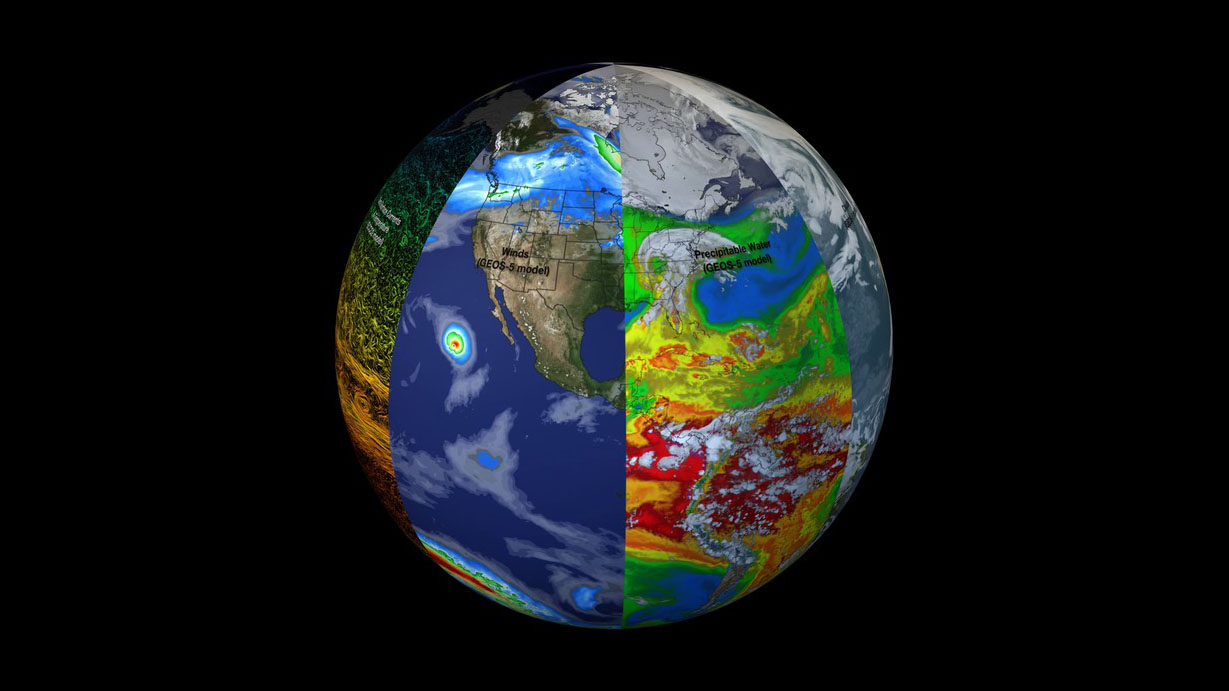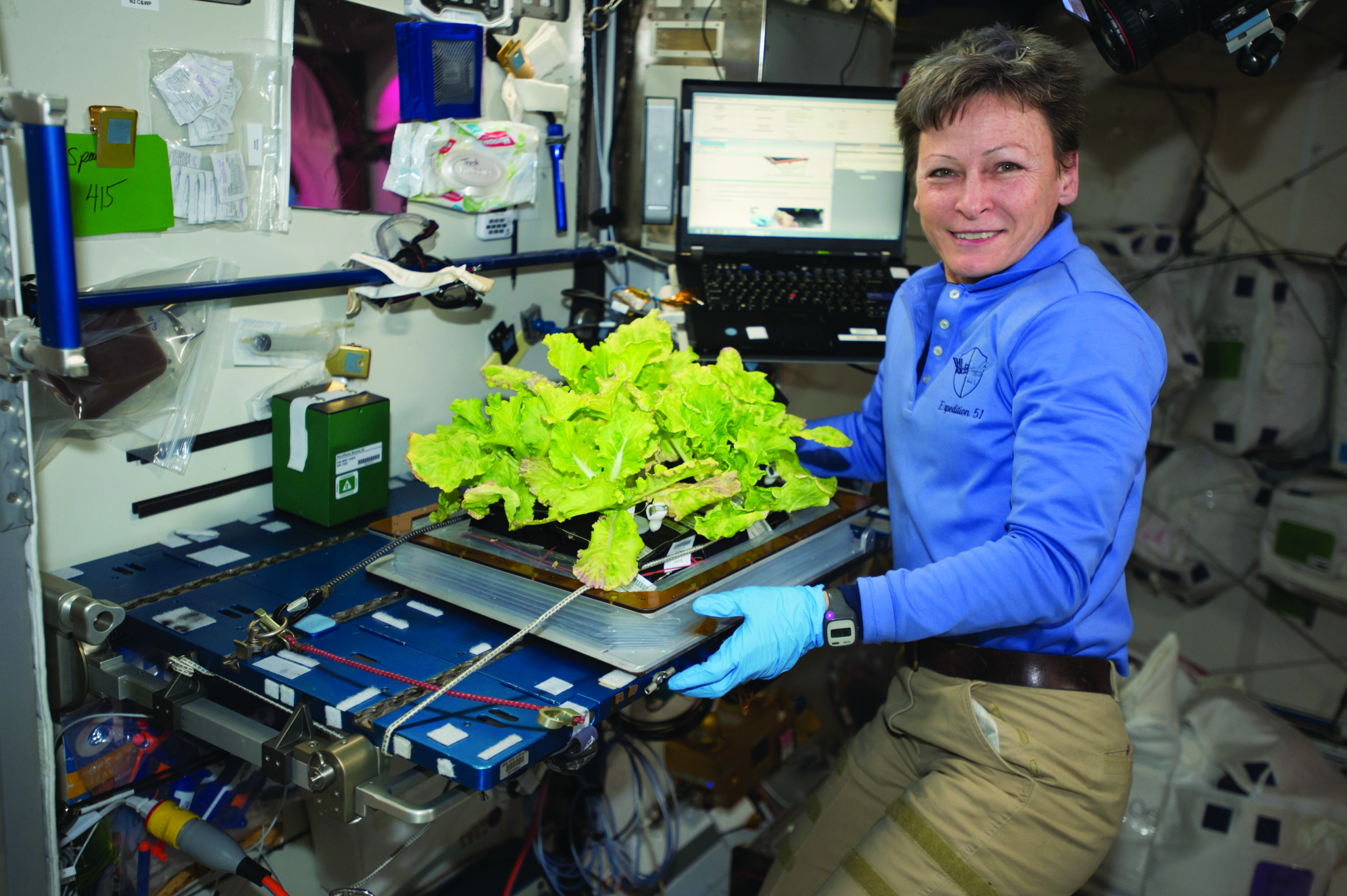#ConnectedByEarth
Each of us is part of the gorgeous mosaic of Earth, and on this Earth Day, NASA is asking people around the world to share their pieces of our planetary masterpiece to celebrate how we are all #ConnectedByEarth.
Connect with us on April 22 by posting an image on social media of the bit of Earth that connects you to our planet – get yourselves in there, too, if you want to – and tag it with #ConnectedByEarth. If you want to share your general location (state, province, country) we can explore our wider connections.
NASA Earth science shows us the ways that the natural systems – land, water, air, ice – connect to, and affect, each other and our climate. While we are all connected to each other as Earthlings, sharing this tiny, blue ecosystem in space, we are also connected to the planet itself and it, in turn, back to us.
On Earth Day, via #ConnectedByEarth, the collective images of so many different parts of our planet and the humans (and other creatures) who share it will create a stunning picture of the many connected pieces of our world.
#GrowForLaunch
NASA Earth science also connects to the agency’s space exploration by helping us understand other planets, the markers for potential life and, importantly, how astronauts can thrive in space and, one day, on other worlds.
NASA’s Vegetable Production System, known as Veggie, experiments with ways to grow plants in space to give astronauts vital nutrition from freshly grown fruits and vegetables.
On Earth, we have the advantage of gravity, sunlight, soil, water and other basics needed to grow plants and vegetables, both commercially and in our own spaces.
This Earth Day, we encourage you to start your own garden – be it in a plot of Earth or a pot full of Earth – using seeds similar to the ones taken to the International Space Station for the astronauts’ garden. This can include romaine lettuce, radishes, mustard and more.
Not so interested in growing vegetables? Astronauts have also grown zinnias and other non-edible plants. You also can plant other veggies or plants you think it would be fun to grow in space.
If you’re interested in more structured growing activities, check out Growing Beyond Earth, a classroom-based citizen science project sponsored by Fairchild Gardens of Coral Gables, Florida, in partnership with NASA. More than 250 middle and high school classes around the U.S. are participating in these plant experiments based on the ISS Veggie program. To learn more, check out the Growing Beyond Earth website.
Terms and Conditions
If a #ConnectedByEarth or #GrowForLaunch post catches our eye, we may share your post on our NASA social media accounts.




























